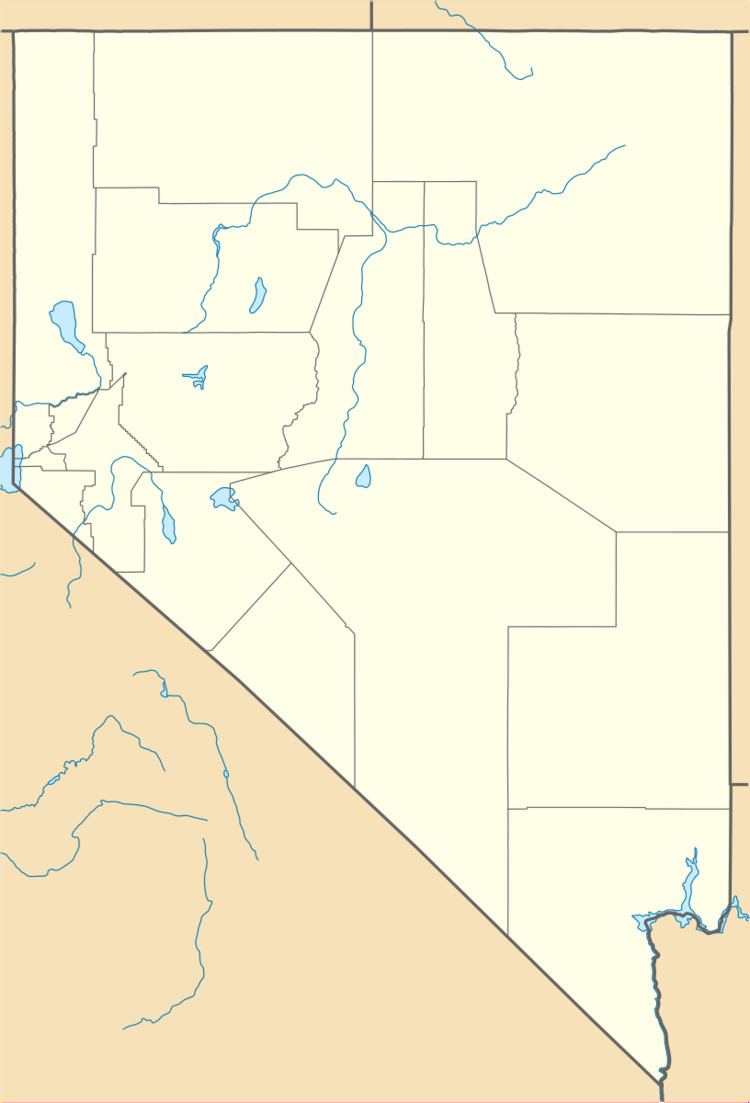NRHP Reference # 10000443 Added to NRHP 8 July 2010 | MARKER # 103 | |
 | ||
Gypsum cave with trisha las vegas nv november 2015
Gypsum Cave is a cave located east of Las Vegas. It was first documented by Mark Raymond Harrington in a 1930 edition of Scientific American. Between 8500 BC and 6500 BC, Gypsum Cave was inhabited by the Shasta ground sloth.
Contents
- Gypsum cave with trisha las vegas nv november 2015
- Gypsum cave with vegas fj cruisers
- History
- References
Gypsum cave with vegas fj cruisers
History
Human habitation of the cave dates to around 3000 BC. Harrington provided the first documentation of the contents of the cave following excavation in 1930-1931. Human habitation was at the same time as at other local sites like Tule Springs, Lake Mojave and the Pinto Basin. The cave contains six rooms and is measured at 320 feet long by 120 feet wide. The skull of the ground sloth Nothrotherium shastense Sinclair was found in Room 3 by the archaeologist Bertha Parker, who was Harrington's niece and served as expedition secretary. Excavators also found the dung, backbone, claws and reddish-brown hair of the now-extinct ground sloth. Through radiocarbon dating, it was proposed that the remains of the sloth dated back to 8500BC. The feces has given information about what the environment and vegetation of the area was because the sloth was a herbivore. This ancient plant eater survived on capers, mustards, lilies, grasses and grapes. Because of the dry climate in Nevada, this seemed unusual. However, during this period, many lakes and ponds were formed by the melting of the glaciers after the last ice age. The geology of the area shows that the closest water supply was between 6–12 miles (9.7–19.3 km) away.
